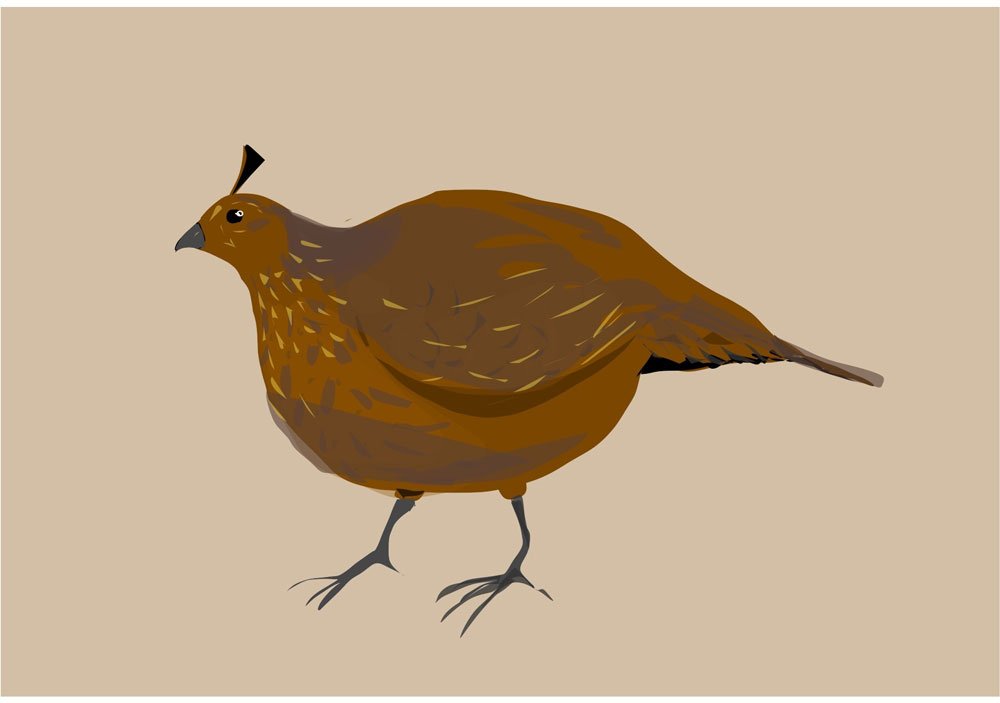The Wonderful Creatures of Mudchute Farm: Quails
Quail are almost invisible in their natural habitat. Their feathers are an amber sort of brown and mottled with darker brown-black flecks. Some species have a stylish top knot like a tear shaped fascinator, which bobbles as they walk.
Quail originated in North America but now there are 32 species found across the world. Their colourings and markings have adapted to camouflage them in the different habitats and landscapes that they live in. They prefer bushy open spaces or woodland so that they can hide effectively. Most often it is very unusual to see them but you can sometimes hear their distinctive chirpy call. They communicate between themselves in high pitched sounds like cackles and grunts, but often go round in family groups or on their own.
The eggs they lay are in clutches of about six, and are brightly coloured and have a pretty mottled pattern which is like an individual signature for each family.
They hatch after about 23 days, the chicks toddle off with their parents, foraging, looking for water, roosting and avoiding predators almost from the moment they hatch.quail learn to recognise each other’s voices for individual and group conversations. They can live for between 3-5 years in the wild.
They bathe in dust to get rid of parasites from their plumage and to keep clean. If any of their natural enemies, (like cats, foxes, birds of prey or snakes) threaten them, they run quickly away, or stand stock still or fly straight upwards into the air.
As we destroy the natural world, quail have started to become recognised as an endangered species.
The names for a group (the collective noun) of quail are a bevy, or a covey or a drift.
They are very popular as ‘Game Birds’. This means that people nurture drifts of quail on their land, making sure they have a comfortable habitat and the food that they like best, which is seeds and grains and berries and insects, then they arrange for other people to come along and scare them so that they fly up into the air and people pay to shoot at them.
They are supposed to be tasty to eat and some people like to decorate their clothes with quail feathers.
They are often kept on farms or domestically so that their eggs can be gathered for food.

